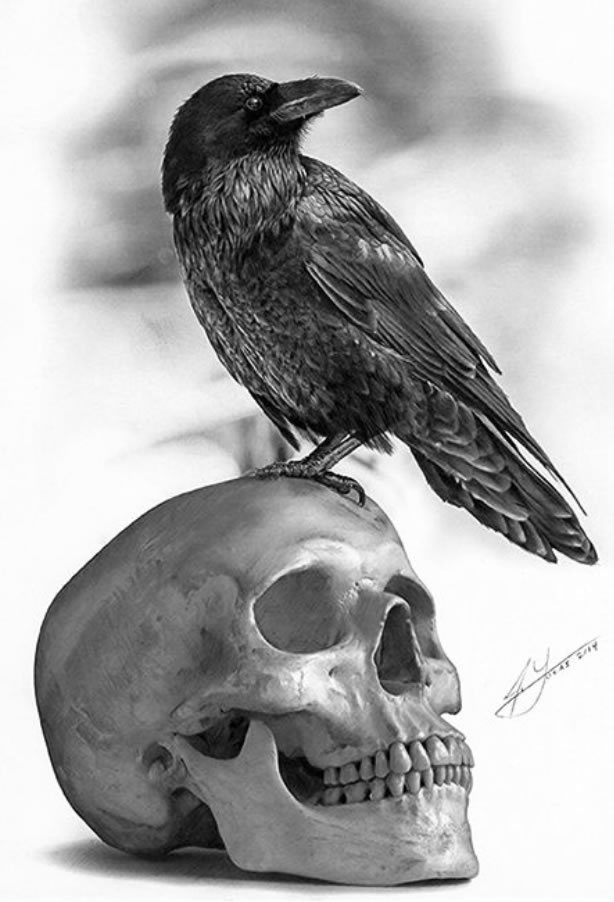A MEDITATION OF THANKFULNESS:
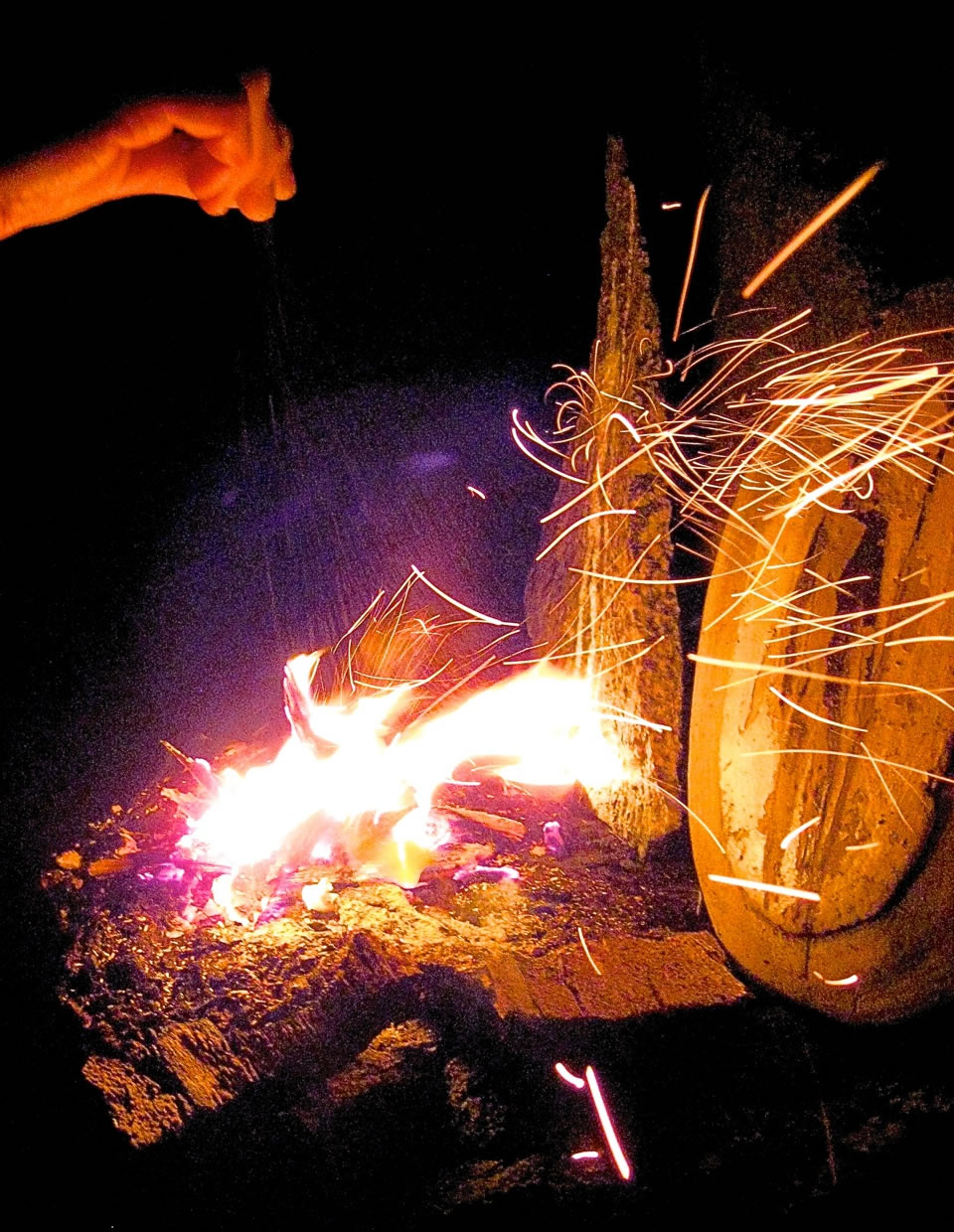
PASSAGES AND CHAOS: 2016 |
KEEP DEATH BEFORE YOU
Why skulls, someone asked?
Take a minute.
Thursday,
11.24.2016.
2016 has been, and is,
a very difficult year.
Not done yet.
No, there’s no economic [re] or collapse, but there’s been a patterning of passages, ill-health and earthly departures that has been profoundly challenging. “Who else?” might be the common query.
And cause for contemplation.
Like, what and why?
And then again, last week, in the abrupt death of my Mother’s sister, my Aunt Ginny, — Virginia — that has added to the difficult journeying of this year. Drear, Misfortune, Illness and Death simply seemed rampant, pervasively persistent. And it goes on, ever-present.
Un-happy-making.
Of course,
there are other
difficult and disappointing things
that happened to
all of us
that I won’t comment on,
here.
Life. Death. Uncertainty.
Some asked, also last week, “what’s the Girvin deal with the skulls – why are there so many skulls around you, all the time?”
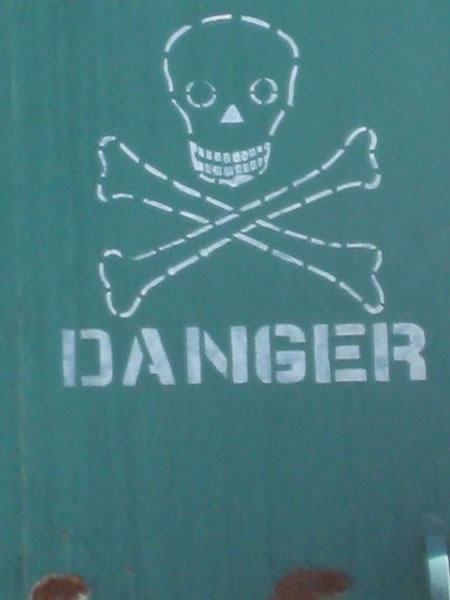
Reminders.
A quick answer might be that when I was in college, I studied Tibetan Buddhist theology — and proffered a theory — founded on a theses — built on the thought that the originating big influence for Skull Kulture for American tattooists, bikers and hot rodders actually came from Tibetan skull imagery.
My theory, anyway.
But skulls, remembered?
Now is, perhaps, a fit time to answer that question with a story.
Most people don’t know that my relationship with the symbology of skulls that goes back far before my connection with Alexander McQueen, rather, it goes back to the death of my youngest brother Matthew Girvin, which — winter, 2001 — was laden with momentary and monumental mystery [an email, a call attempt and then evanescence and vanishment] in the intertwining of meaning, content and message.
When Matt was killed, my relationship to Death changed drastically. I had to get close to Death and keep it by me — all the time. To walk with it, and through it, as I walked the journey of his passage from here. To t[here.]
Once, an uncertain and wavering wraith outside of mind, it came close, held me and took dear ones, nearby.
Suddenly, I realized that Death was nearby, just over my shoulder, all the time.
As my family came together to grieve, I realized that, as the eldest brother, and the one that had lived longest with each of my family members, other than my parents, I needed to contribute something to processing the pain of Death — what is that journey, what do you do about it?
Someone dies.
Then what?
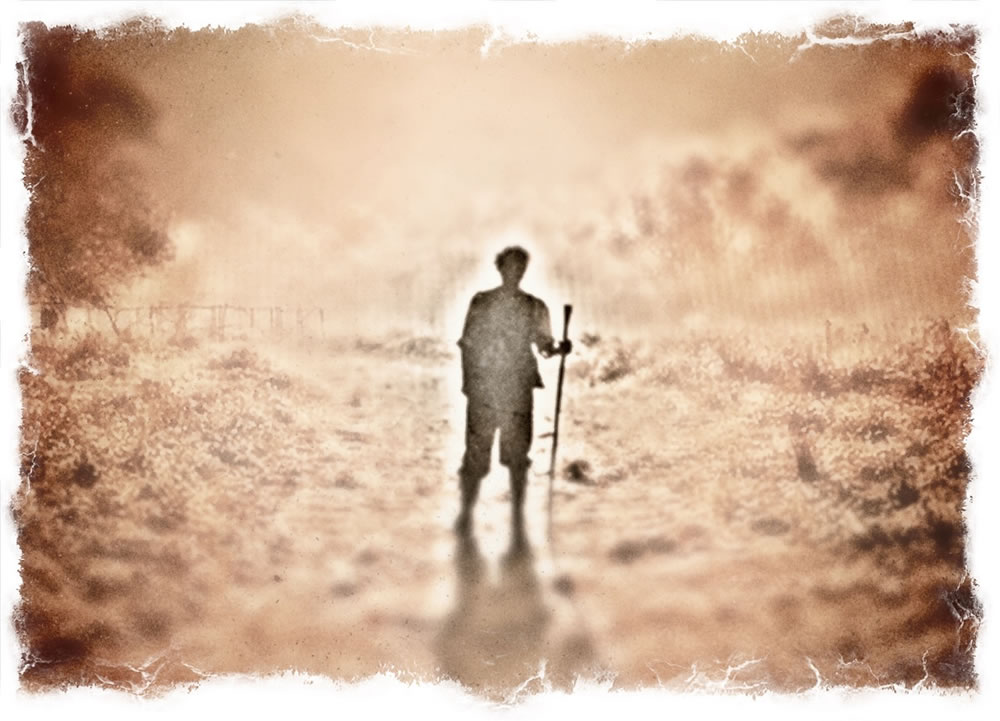
As it comes again, I think about that — and come back, another day, to that question — I think that it is these two things — two pieces of counsel that I can offer. I walked down that path even earlier, in Seattle, with Sogyal Rinpoche — a Tibetan Lama exploring Death — and I designed art in homage to that teaching.
It goes back.
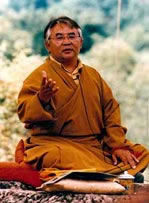
And I go back.
I can remember the first time that I was exposed to a Tibetan vajrayana teaching presence — a human distillation of Himalayan spirituality.
It was Sogyal Rinpoche, decades back. Sogyal Rinpoche (born c. 1950, several years before me ) is a Tibetan Dzogchen master of the Nyingma tradition. He is the founder of Rigpa and the author of The Tibetan Book of Living and Dying. That book came out sometime after my connection with him.
He was a relatively young man. And I’d been asked to create some art for him on a poster. That was all about death.
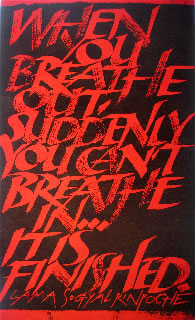
And breathing. And exhalation. And the quote that I’d rendered, with a kind of wet brush, was about breathing in, breathing out. And you keep breathing. You keep breathing till you can’t. And you exhale. And that’s that.
But the encounter, aside from the presence of this person, this Rinpoche was my first live exposure to Tibetan Buddhism. From there, off and on, that connection filtered in and out over time. There was the crazy wisdom of Chögyam Trungpa. Intriguing, but sad, the short-lived.
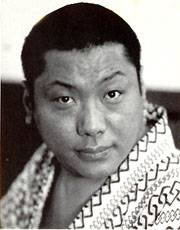
One:
LIFE.
GOES.
ON.
— while it’s profoundly difficult for some of us, at this point [the arrival of Death,] to believe it, the sheer miracle of life, and all living things, is endlessly churning and cycling, tides pull and push, gravity reigns, rain falls, the oceans roil — and in this, all of this, in ways that none of us know.
Wholly.
It’s a teeming regeneration, and as you get a bigger or smaller glimpse, or older or younger in your ability to see, or come full face to the presence of Death —
LIFE.
STILL.
GOES.
ON.
For me, it comes down to this play on word and work;
Life — the word — what it is?
In a word — etymologically — it is to be “left — living.”
That is, some might interpret the etymology to be; “to leave,” but actually — it is to be left.
You live.
On.
That is the conclusion to the cycling of the wording:
LIFE. GOES. ON.
That etymology — spells out —
FROM
MY BUDDY
DOUG HARPER:
Middle English, from Old English lifian (Anglian), libban (West Saxon) “to be, be alive, have life; continue in life; to experience,” also “to supply oneself with food, procure a means of subsistence; pass life in a specified fashion,” from Proto-Germanic *liben (source also of Old Norse lifa “to be left; to live; to live on,” of fire, “to burn;” Old Frisian libba, German leben, Gothic liban “to live”), from PIE root *leip- “to remain, continue” (source also of Greek liparein “to persist, persevere;” see leave (v.))
.Meaning “to make a residence, dwell” is from c. 1200. Meaning “express in one’s life” (live a lie) is from 1540s. Intensified sense “have life abundantly, make full use of life’s opportunities” is from c. 1600. Related: Lived; living. To live it up “live gaily and extravagantly” is from 1903. To live up to “act in accordance with, not live below the standard of” is 1690s, from earlier live up “live on a high (moral or mental) level” (1680s). To live (something) down” cause (something disreputable) to be forgotten by subsequent blameless course, live so as to disprove” is from 1842. To live with “cohabit as husband and wife” is attested from 1749; sense of “to put up with” is attested from 1937. Expression live and learn is attested from c. 1620.
According to the Dutch Prouerbe … Leuen ende laetan leuen, To liue and to let others liue. [Gerard de Malynes, 1622]
And two.
Sown,
that learning?
Death is always here.
Know that and keep it around.
Skulls are a good reminder.
After Matt passed I started adding skulls to my landscape — our place on Queen Anne is peopled by a long collection of Mexican hand-painted skulls from skull artists in various provinces.
They’re all over,
everywhere.
I did that to keep Death close. I offer this too, as a key advice to anyone in the throes of the passage of another.
Every day — keep them around, keep them close — pictures, objects, everyday, staying around.
The process of grieving should be one of daily observation
of passage — an altar of imagery of loved ones gone — something that you could see, every day.
That proximity will help.
Every day, you go on.
And
Life.
Goes.
On.
So too, should you watch
this poetic rendering by Leonard Cohen.
That voice.
Onwards to the day.
wishing well —
timothy shaw | Osean Studios,
in meditation
on those near and far
HUMANITARIAN BRAND STRATEGY | goo.gl/KpGsar
DESIGNING ENVIRONMENTS FOR HEALING + HEALTH:
PLACES | RETAIL | RESTAURANTS | SPAS | WELL CENTERS
wellness experience design, storytelling + brand = http://goo.gl/D9gD19
